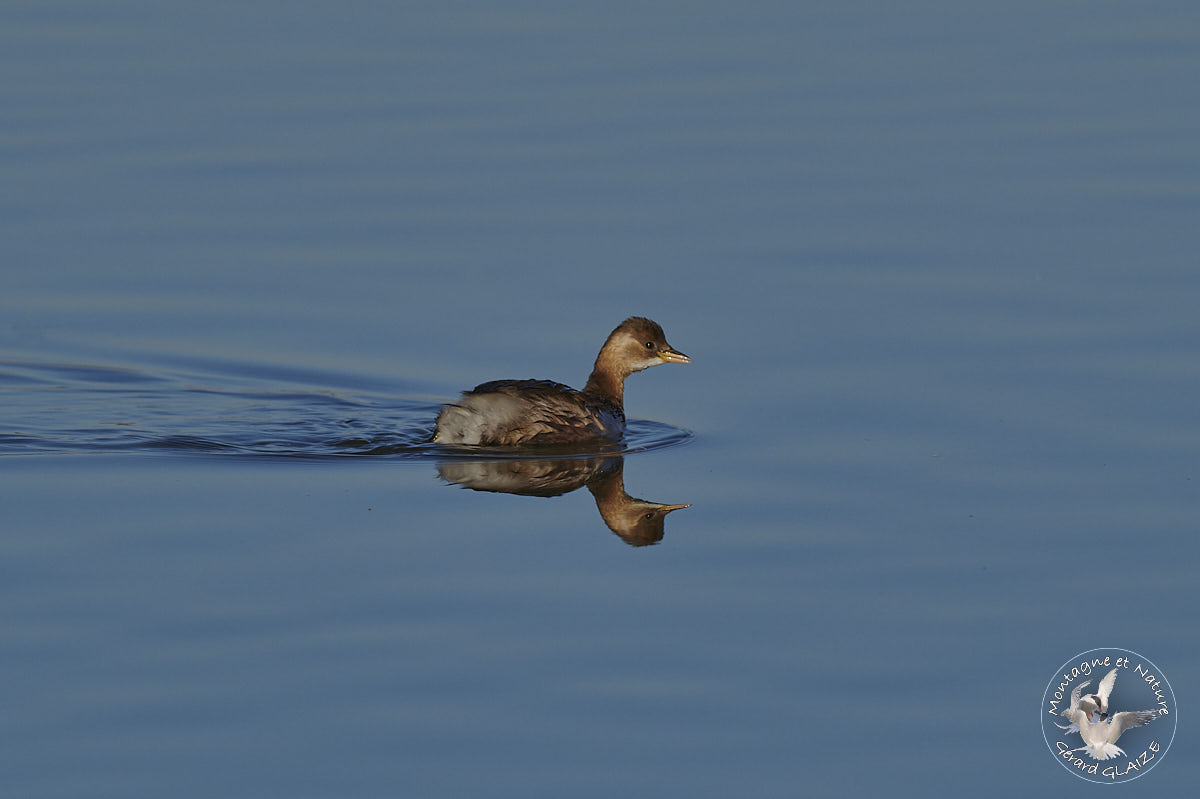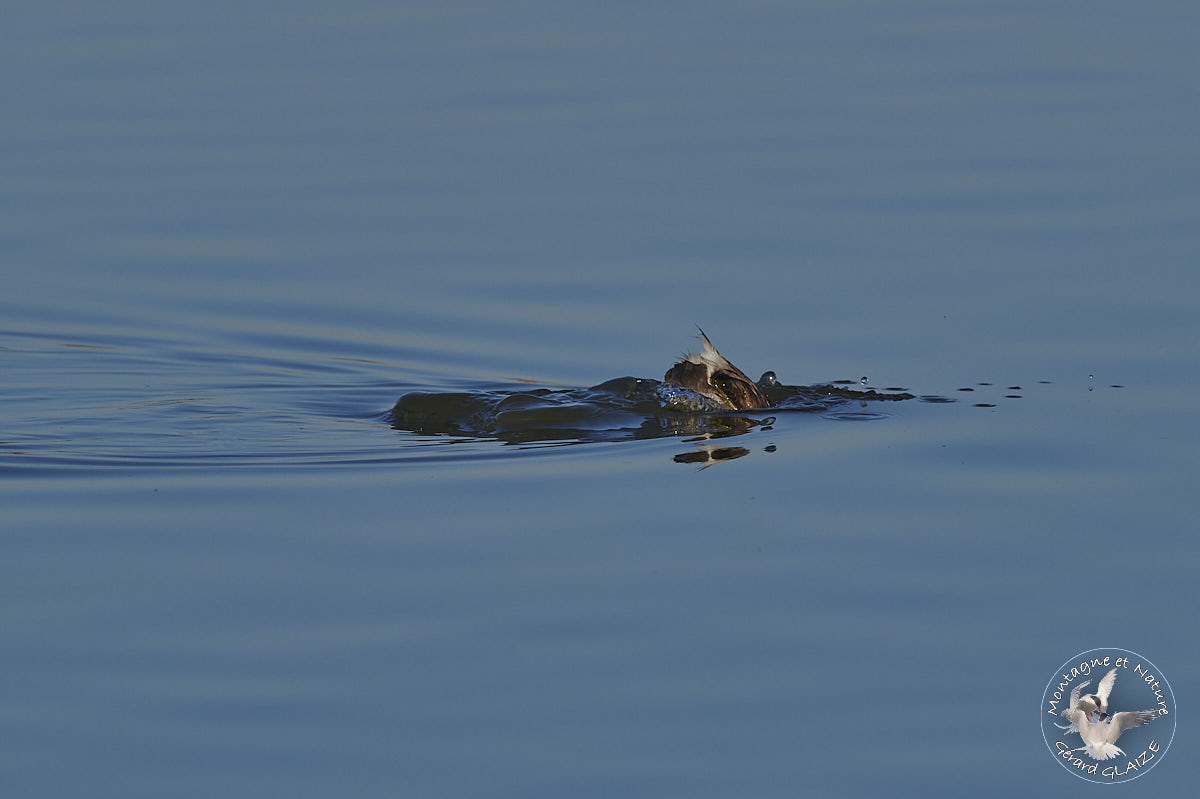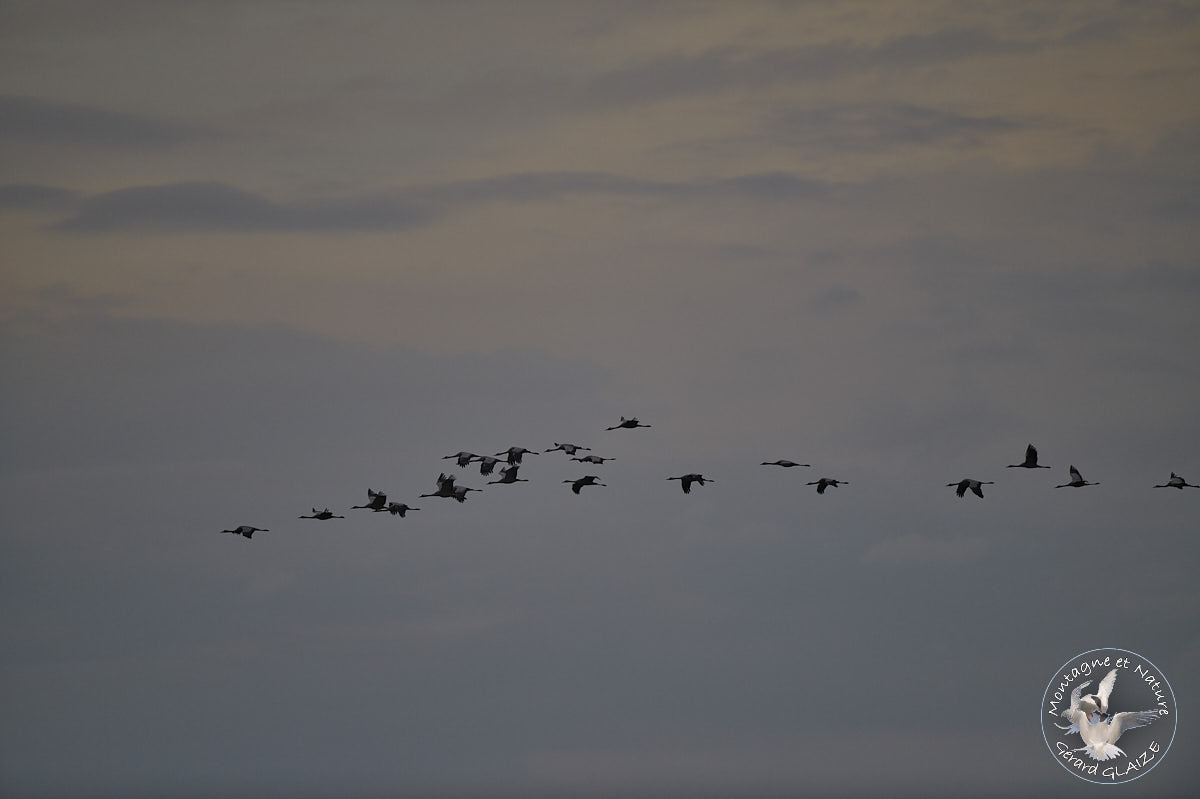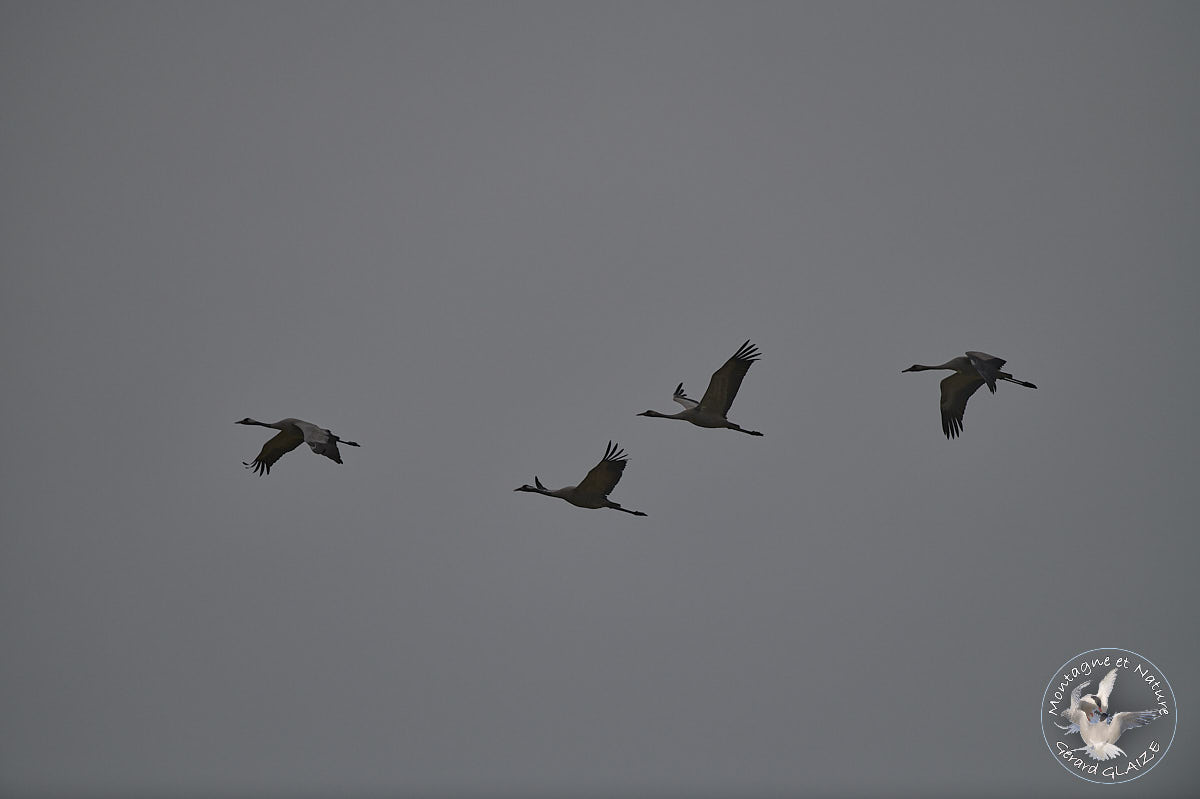November 2021 pictures
Posted on 29-11-2021
Here we are in the middle of autumn, many migrants have returned to the Camargue, mainly ducks and Common Cranes....
The light is also much softer than in summer. This season offers us sublime orange colors bringing out beautiful landscapes on the marshes.
The absence of wind allowed me to obtain beautiful mirror effects on some photos. (Equipment used : Nikon D850 and 500mm f/4 AFS VR)
Eurasian Coot on the swamp
Camargue
The identification of the Northern Lapwing is particularly easy. It is distinguished by dark green upperparts and white underparts, and especially its black and white head with a long erect black crest clearly visible behind the crown.
In the Northern Lapwing, we observe a strong contrast between the breeding period during which the pairs are territorial and nest singly or in small colonies, and the inter-breeding period during which they show a strong gregariousness.
Flight of Northern Lapwing
Camargue
The Grey Heron is present in the Camargue all year round. The Grey Heron is a gregarious bird at all times. Outside of the breeding season, grey herons congregate for the night in roosts in places that protect them from predators.
On the other hand, we often meet them alone, when they are fishing they are then territorial and strongly defend their fishing areas against intruders. The Grey Heron frequents all fresh or brackish waters provided they are full of fish.
Grey heron
Camargue
Around 120,000 to 180,000 ducks come to spend the winter on the marshes and ponds of Camargue (mainly Eurasian Teal, Mallards, Northern Pintail, Northern Shoveler but also Common Pochard and Tufted Duck).
The Little Grebe is the smallest and stockiest of grebes, hence its name which compares it to the size or color of a chestnut. In the Camargue he is rather sedentary. It has lobed toes and its legs, are located very back of the body, which gives it good swimming and diving qualities, but handicaps its movements on the ground. At all times, he spends a lot of time on the water, he is more suited to swimming than to flying or rather to taking off since he must run on the water 15 to 30 m by beating his wings to take its rise, reason why we see it very rarely in flight.
The Little Grebe has a plump appearance due to its rounded hindquarters, a characteristic reinforced by this grebe's habit of ruffling the feathers of its rump. Its « ball of down » appearance often gives the impression that it floats like a cork.
The Little Grebe is a very shy bird, which dives at the slightest alert and is not easily observed.
Little grebe diving
Camargue
The Camargue has become an increasingly important wintering site for Common Cranes. Concentrated primarily in the Gard Camargue at the start, winter occupation now concerns the entire delta, sometimes overflowing the Rhône to the east to the borders of the Crau plain. These arrive in the Camargue from November and leave for their nesting site around mid-February to early March..
Common Cranes find in cultivation areas (mainly rice in the Camargue) the seeds linked to their winter diet.
It is at dawn that the spectacle is most spectacular. Hundreds of cranes roam the sky to get from the dormitories to the feeding areas, offering a remarkable spectacle, both visual and auditory.
The wild boar is very present in the Camargue, the wetlands are not a hindrance to its movements. This one frequents all types of environments in the Camargue. Despite significant hunting pressure, the wild boar continues to expand in the Camargue, and is one of the invasive species in the same way as the nutria.
Quote of the moment
It’s a sad thing to think that nature speaks and mankind doesn't listen.Victor HUGO.






















